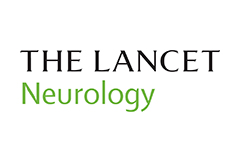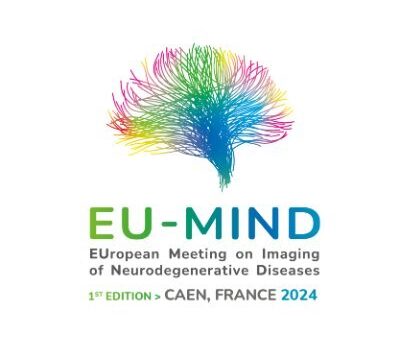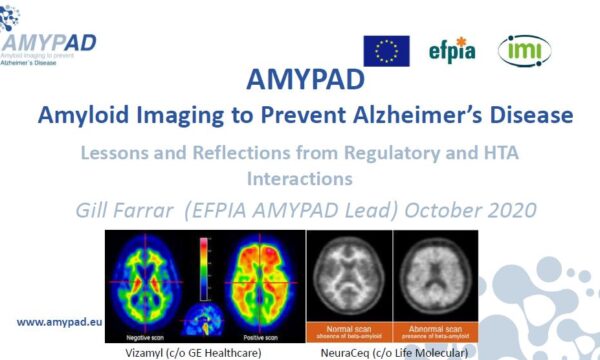What is your current role on AMYPAD?
I am PhD student from BarcelonaBeta Brain Research Center, mainly involved in the work package (WP2) in charge of tracer delivery, PET scanning and image analysis. In this context, my main contributions have been helping in the preparation of deliverables and imaging charters. However, I have also been very involved in the WP of disease modelling (WP5). My involvement in WP5 started in Barcelona, but it took more importance when I had the opportunity to go at VUmc in Amsterdam for three months within the EPAD Academy project. This allowed me to get a bigger picture of the project and see other ways of functioning. As my background is technical, my main contribution on this field of research has been in the processing of images with the goal of finding the best way to detect amyloid accumulation in the earliest stages of Alzheimer’s disease.
What is your overall vision?
AMYPAD is the first big European project in which I am involved and as such it was a little overwhelming at first. However, when I started working on it, I realised that a consortium like AMYPAD is the only way we have to confront Alzheimer’s disease. The vast amount of information we are collecting will help us to move forward against this disease in many fronts, from a better patient management to a better understanding of the disease mechanisms.
What do you find most challenging about the project?
I think that the magnitude of the project is its bigger strength but it can also be a hurdle at some points. Including many groups of different countries with very different specialities is sometimes challenging, as everybody has to vary their usual strategies to fit a bigger project with bigger aims. However, I personally think that we all believe in this project and we will do whatever we have in our hands to make it a success.
Gemma’s thesis: “Detection of early cerebral amyloid-ß deposition by PET imaging and its downstream effects”
Defence: 9 July 2021



